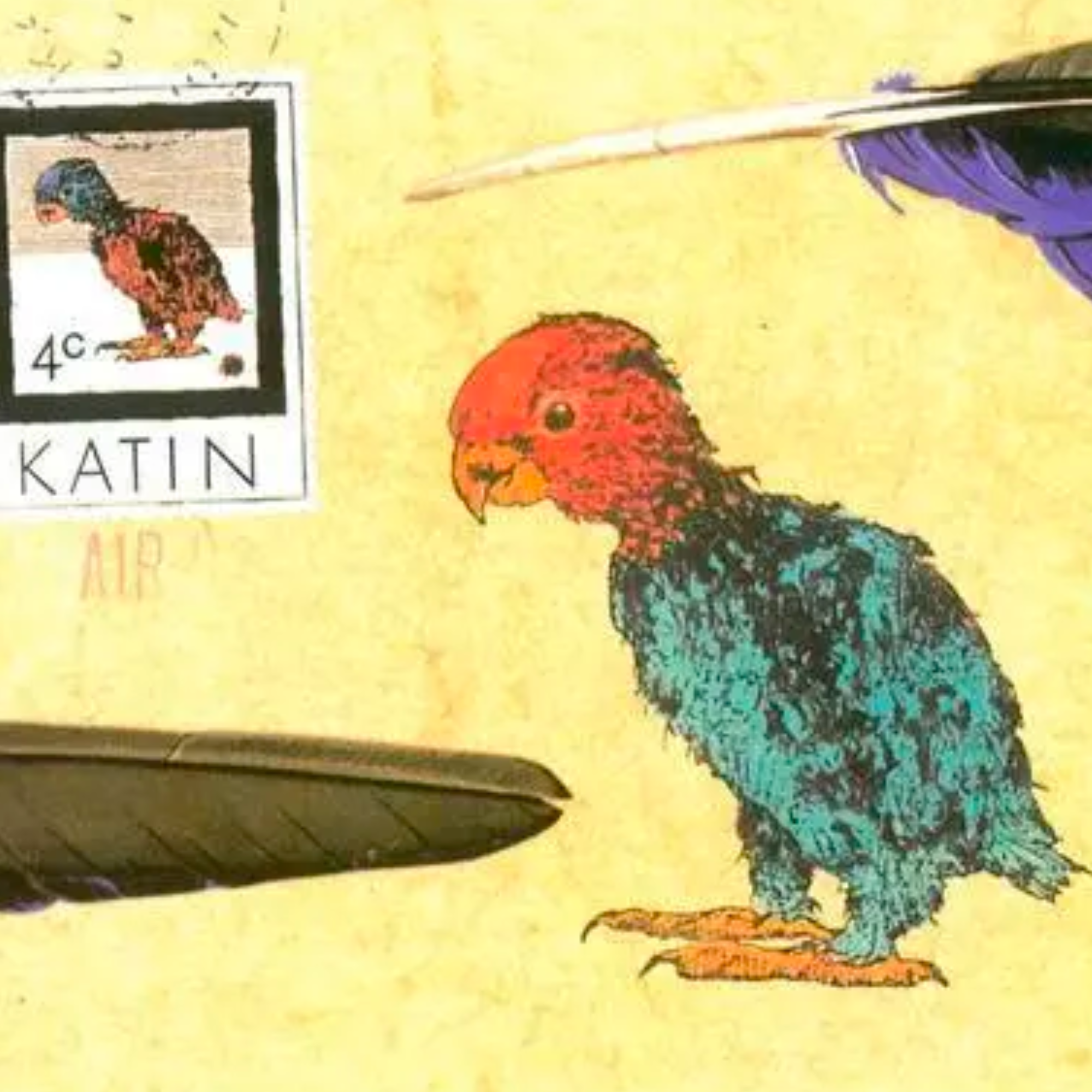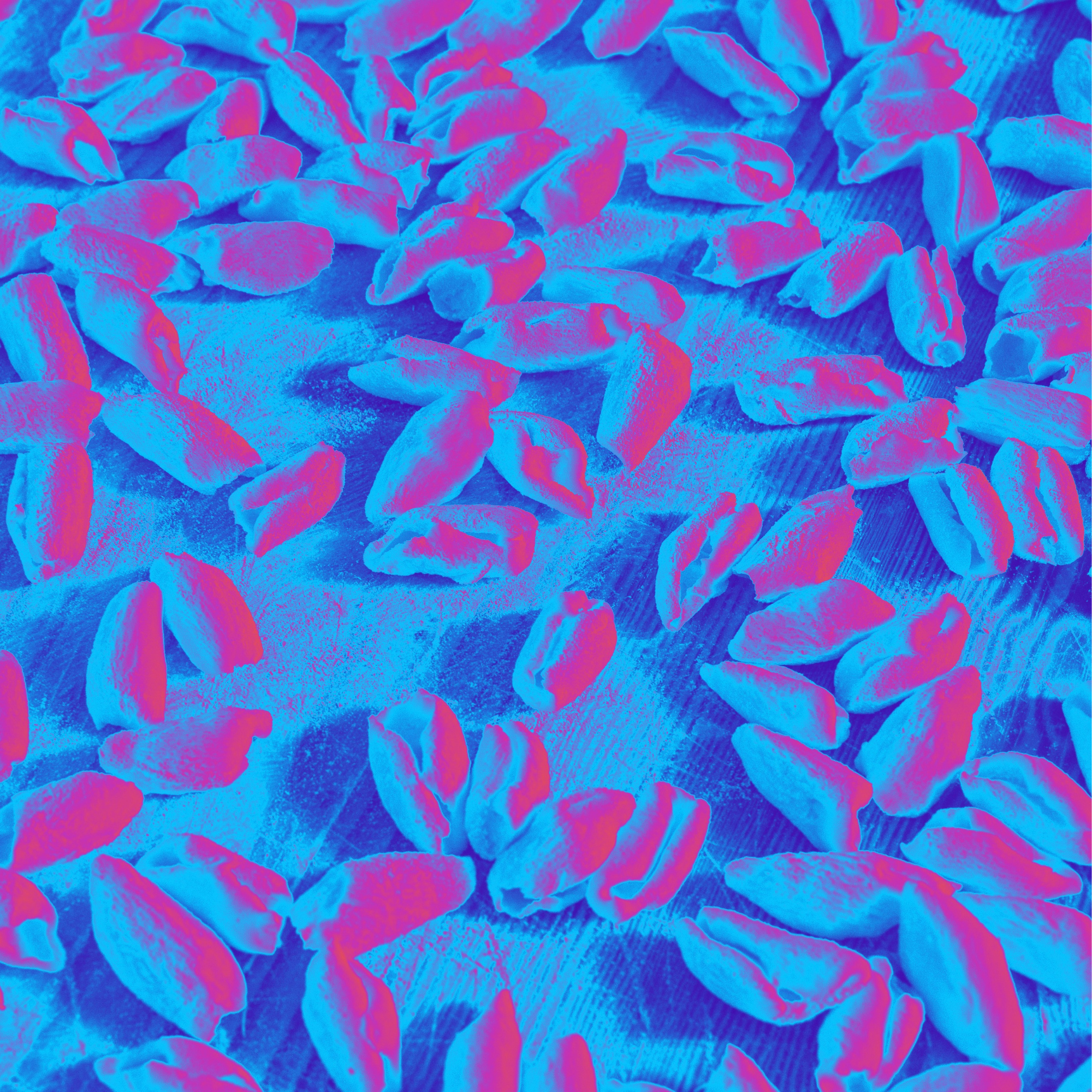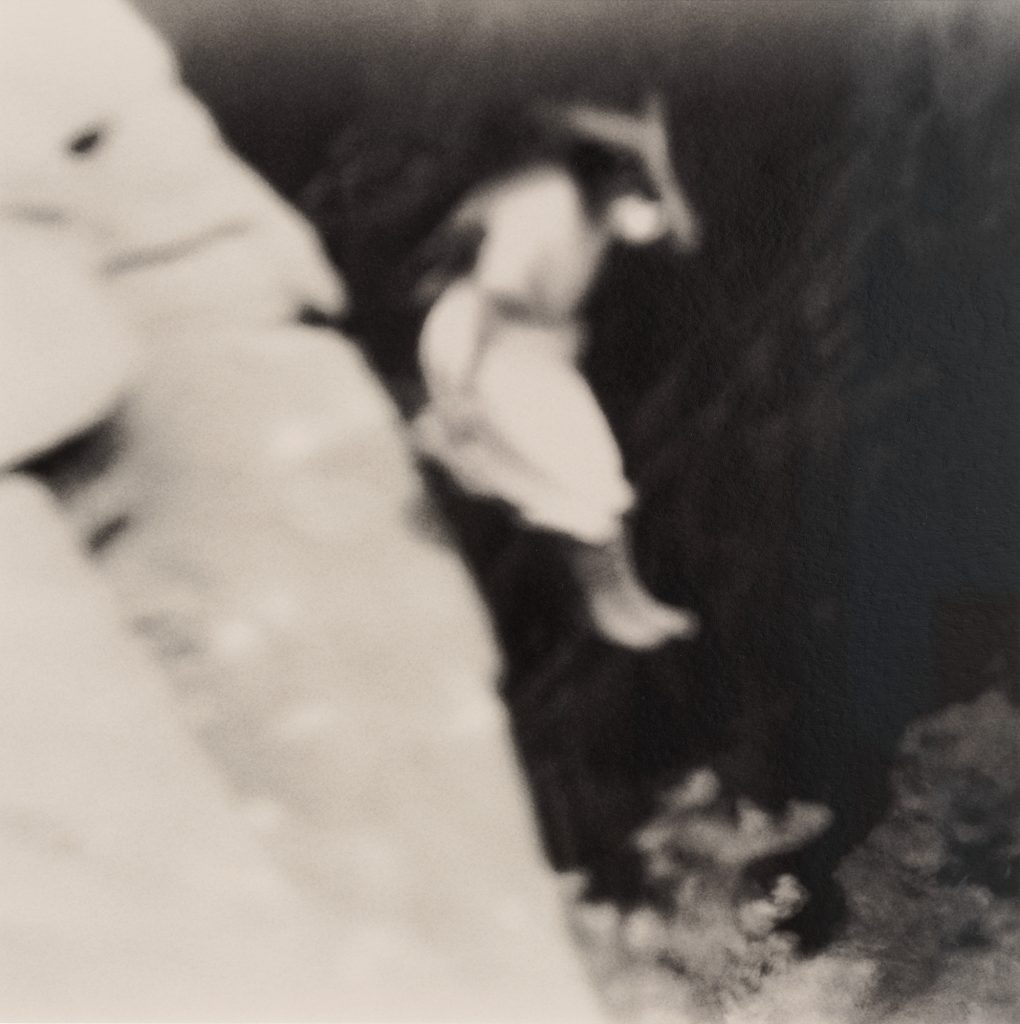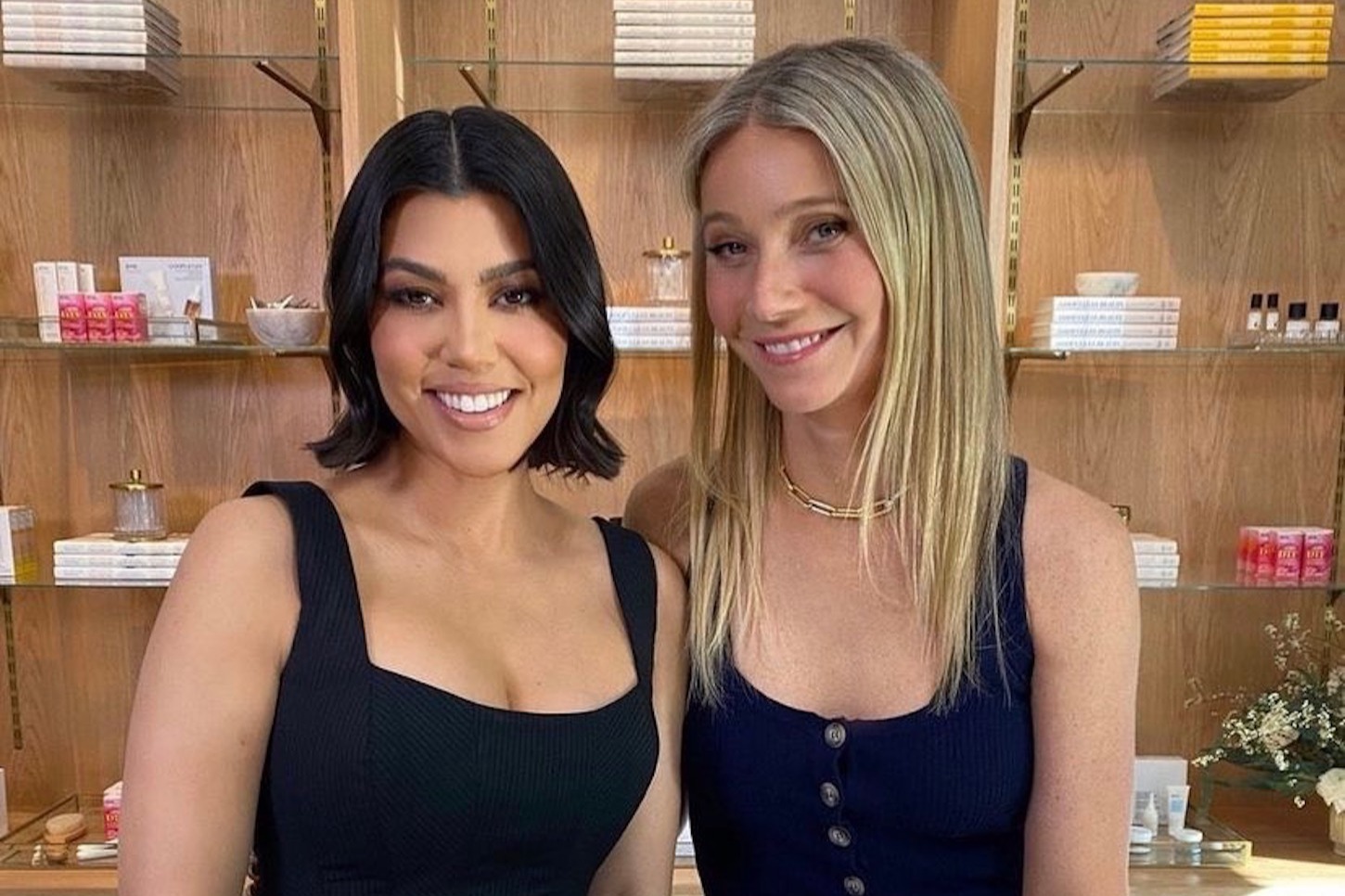- Studio Dirt
- Posts
- Amélie’s poster
Amélie’s poster
Hey big head.

Elisabeth Donnelly gets to the bottom of an unsettling image.
If you are lucky enough to watch Jean-Pierre Jeunet's 2001 classic Amélie at a formative time, the film can settle into your bones, one of those before-and-after experiences where the film's beauty, design, and ethos just seeps into your brain, staying there forever.
It is a charming film—newly rereleased in theaters by Sony Pictures Classics after years in a Miramax-related streaming limbo. Upon its initial release it was a legitimate worldwide hit, making $33 million in its US release—one of the highest grossing foreign films in the US of all time—and nominated for and winning prizes around the world. (It had 5 Oscar nominations, including Best Original Screenplay.)
The titular Amélie—played by winsome, cute Audrey Tatou—is an early iteration of what would eventually become the aughts-era manic pixie dream girl in America. Frankly, I’m not sure we’d have “Zooey Deschanel” the brand without Amélie.
Frankly, I’m not sure we’d have “Zooey Deschanel” the brand without Amélie.
On the surface, Amélie is a romantic comedy—cheerful, beautifully colored, wonderfully told—about a bohemian twenty-something woman living in the winding streets of Paris’ Montmarte neighborhood. Amélie lives in a picturesque version of Paris done up in greens and reds—no blues! (Or to be more precise, blue as a punctuation in about three scenes.) She has perfect baby bangs and the kind of dreamy wardrobe that you can pay 400 bucks a pop to imitate at Rouje. Yet with all this delight, whimsy, beauty and love, something is terribly off about Amélie—the poster.
The poster for Amélie, the work of legendary French poster designer Laurent Lufroy—first used in France, and remaining exactly the same for the US release—is simple. A headshot picture of Audrey Tautou in character as Amélie, smiling in a red top, placed over vivid, rich, Veronese green, dotted with stars. So far, so normal. But consider the original US tagline: "She'll change your life." Her face is an unnatural, ghostly white. Her eyebrows point down. Her lips a smack of red that coordinate with her top to the point of the uncanny. She's looking at the camera like she's looking at me.
To be fair, the last time a woman smiled like that at me? She was definitely on the movie poster for the horror film Smile.
She's looking at the camera like she's looking at me.
For some clarity, I had to consult with an expert. Stan Oh, the manager at New York's poster gallery Posteritati, said that the Amélie poster pulls from a long history of references. It’s an example of a “floating head” poster, he said, citing it as a look that dates all the way back to silent films. "There's The Marx Brothers, three heads floating in space, they still do that today. In the form of a giant head shot, you can think of the Mission Impossible poster, a giant Tom Cruise head."
In fact, if you Google "Tom Cruise movie posters," it's like an art exhibit about the evolution of his giant head through the decades, from Risky Business to the Mission Impossible franchise.
The Amélie poster is in that tradition: a cute girl, smiling at the camera, mischievous. "What's unique about it is that Audrey Tautou was not a big star at all," said Oh. "It's a style that's usually done to capitalize on a movie star's reputation." It's a movie star poster where the character itself is the star—and maybe that was the first sign that Amélie was a film that would have some influence. In an email to me, director Jean-Pierre Jeunet wrote: “Because Amélie often looks at the camera (in the film), I immediately thought about this idea for the poster. And the poster designer (Laurent Lufroy) had exactly the same idea!”
Lufroy is wildly prolific, and “any major French film of the last twenty years, he’s probably done it,” said Oh, who noted that Lufroy had a long working relationship with director Gaspar Noé, one of the edgier, darker directors at present. Lufroy’s work has been crucial for Noé’s brand identity, which makes lighter work like the Amélie poster a funny anomaly in comparison.
There’s a loneliness at the heart of Amélie.
But there is something dark about the film after all. There’s a loneliness at the heart of Amélie. The shy protagonist wants to find her place in life so she searches for her purpose, trying well-meaning schemes in her community, whether it's getting her revenge against the mean produce stand-guy Collignon or reuniting a middle-aged man with his childhood toys and sense of wonder—and then she finds a part of herself through the pursuit of love, discovering a soulmate in the quirky, handsome, equally lonely Nino.

It’s easy to interpret the Amélie poster, these days, as a variation of the "Kubrick stare," the term used for director Stanley Kubrick's mastery of close-ups, his characters gazing at the audience, their directness daring you, the audience, to figure out what's wrong with them, when it's all over their face. Anyone can look sinister in a close-up, looking straight at the camera. We’re not used to it.
Posterati’s Oh suggests that some of my discomfort with the poster might stem from the fact that aesthetics have changed greatly in the last twenty years. Amélie was at the tail end of the 90s romantic comedy boom, where literally every American romantic comedy was advertised with a dreadful, overly lit poster with two movie star cuties leaning, back to back, on each other. Floating head posters, on the other hand, were mostly for boffo box office movie stars: Julia Roberts, Tom Hanks, Bruce Willis. Amélie’s poster was, in its way, unique for its time.
Whose floating head could get you to go to a film these days?
Now, the romantic comedy has waxed and waned and found itself periodically on streaming (where the posters are generally terrible), and movie stars simply don’t exist in the same way. Whose floating head could get you to go to a film these days? The closest thing we have to a floating head poster comes from the wonderful, artful posters of Poor Things —a film that, in its way, could be argued as something that hits as unique a note as Amélie—a picaresque about a woman looking for her happiness, in a dazzling world of menace and unfettered beauty.

LONELINESS
|

THE UNCANNY
|
|
|
|
|
|







